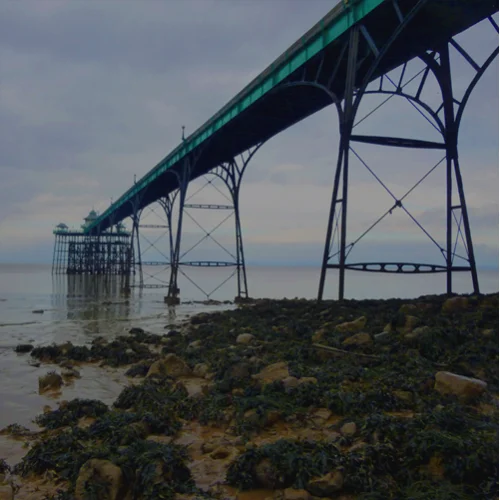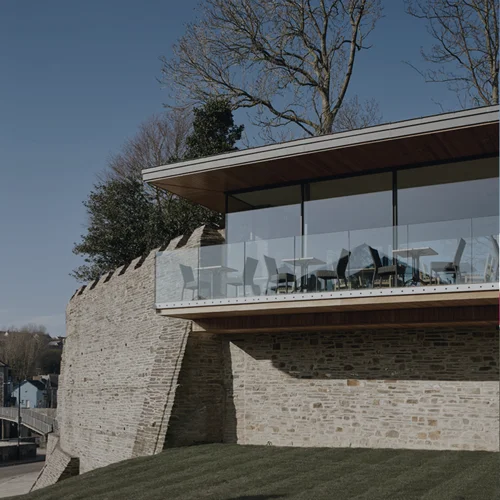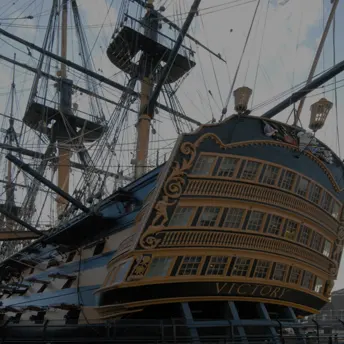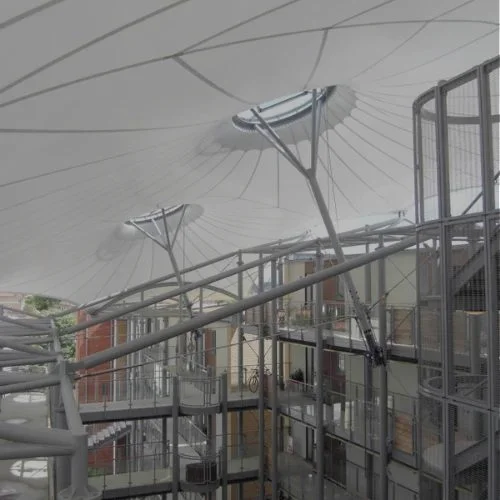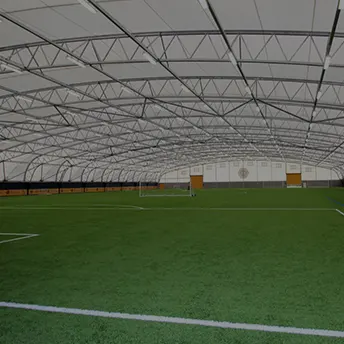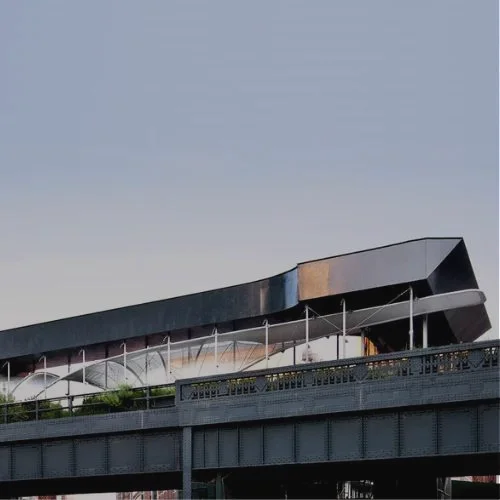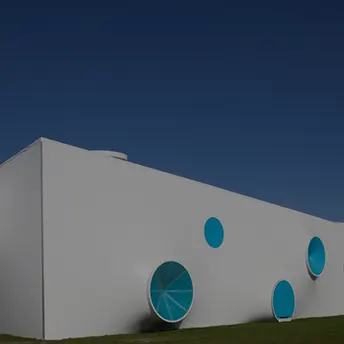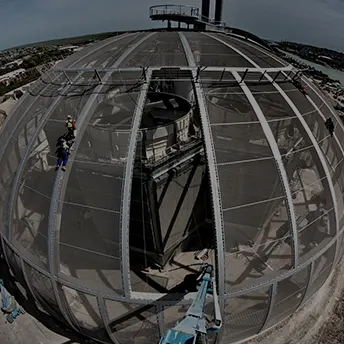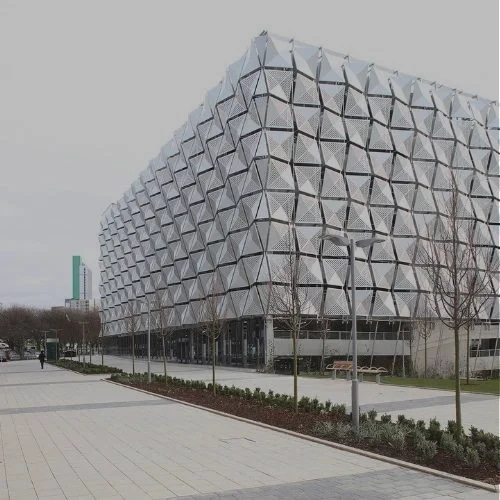Structural Modelling
We were commissioned by the Unicorn Preservation Society (UPS) to undertake structural modelling, analysis and assessment of this 1820s wooden warship currently afloat in Dundee. There were concerns about the condition of the ship, potential structural failures and decay, and the signs of excessive movement. The main purpose of the study was to assess the capability of HMS Unicorn to carry the loads imposed on her in its current condition (afloat), and determine whether she needed immediate dry docking for repairs and whether she would survive transfer to dry dock.
The client had procured point cloud surveys of the hull within the ship and the underwater external form. We examined and manipulated the data to assemble a full point cloud model from which an analytical model would be generated. The complexity of the structure and its imperfect state required a very rigorous approach.
We created a digital structural model of the ship, referencing and modelling every structural element with as much precision as possible. As the model had 70,000 elements, we developed bespoke scripting tools to aid the modelling and enable future use in the ongoing maintenance and restoration of the ship, allowing parameters to be tested for example to represent potential repairs, interventions or different loading conditions, including temporary ones, e.g. dropping the waterline or removing kentledge during a dry docking process.
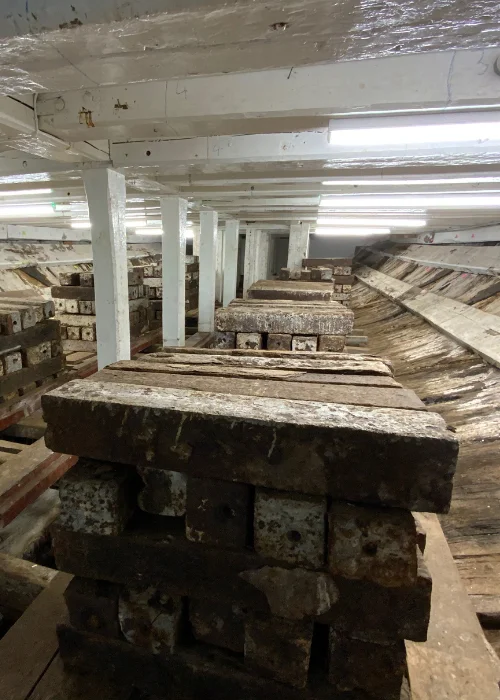
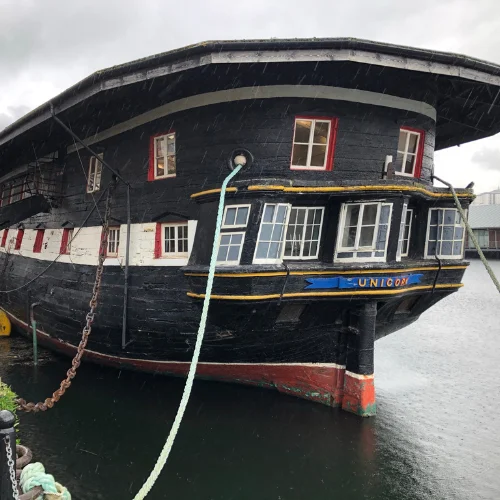
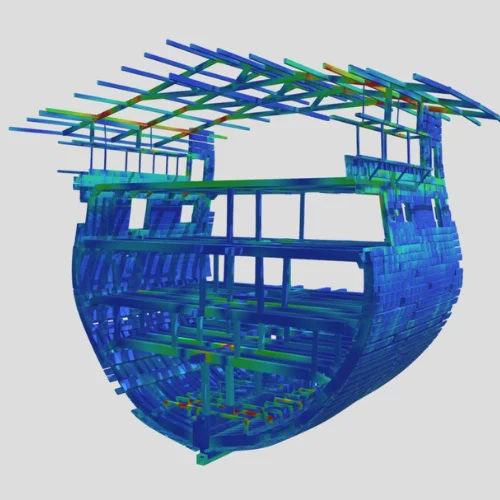
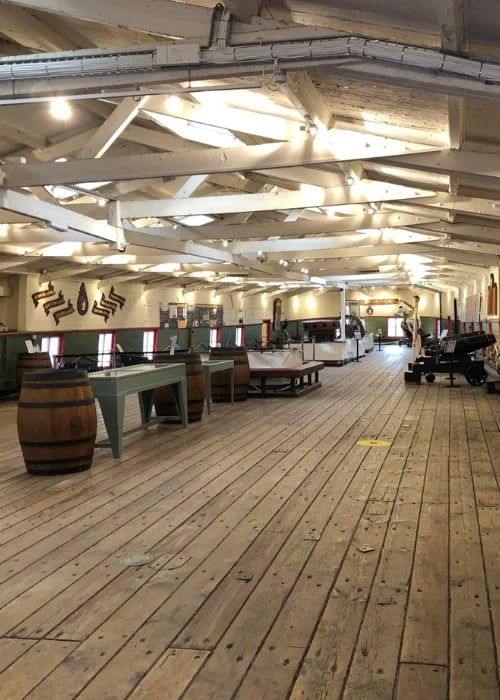
Analytical Model
We worked with a specialist shipwright company who carried out a condition survey of all the accessible elements of the ship to inform the generated analytical model as to the strength and stiffness of the individual elements, thereby producing an analytical model which would emulate the performance of the actual deteriorated hull under various combinations of loading. We also used mathematical modelling to simulate some of these loading conditions, for example the hydrostatic pressure.
We compared the analytical results between a ‘perfect’ and a ‘degraded’ model considering the current condition of the structure, which helped with the validation of the model and the comparison with real-world data. The model allowed us to identify areas of high stress concentrations in the ship, which indicate an increased risk of structural failure. Where these areas coincide with significant decay, observed local movement and/or loss of integrity, this risk is exacerbated. We were able to identify and plot the main areas of concern so they can be prioritised in the programme of repairs.
HMS Unicorn won the National Historic Ships 2022 Excellence in Maritime Conservation Award, for work undertaken to understand the ship through structural analysis and surveys.
Related Projects
SS Great Britain
This £12m HLF funded conservation of this famous ship provides an exciting and interesting visitor experience. An interpretation centre within existing dockyard buildings links with the ship via a gangway.
HMS Victory
Fenton Holloway are the structural engineers behind the conception of the new support structure for HMS Victory. As engineers with particular expertise in historic ships, we have been working on the conservation of HMS.


